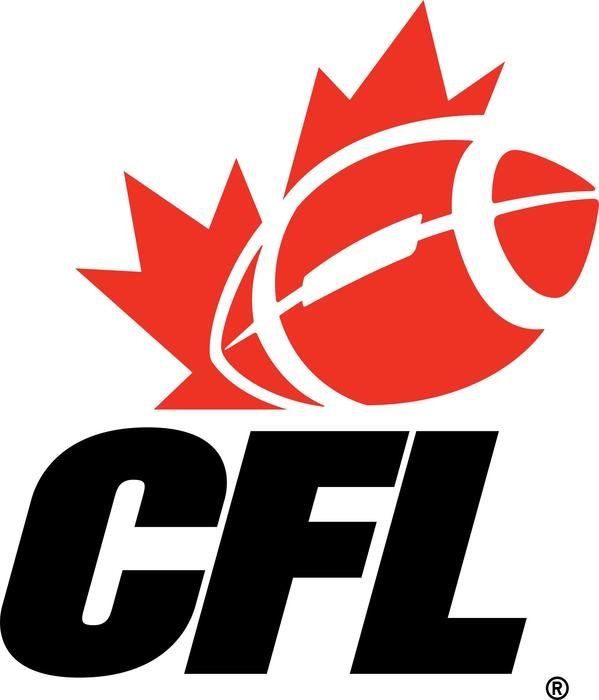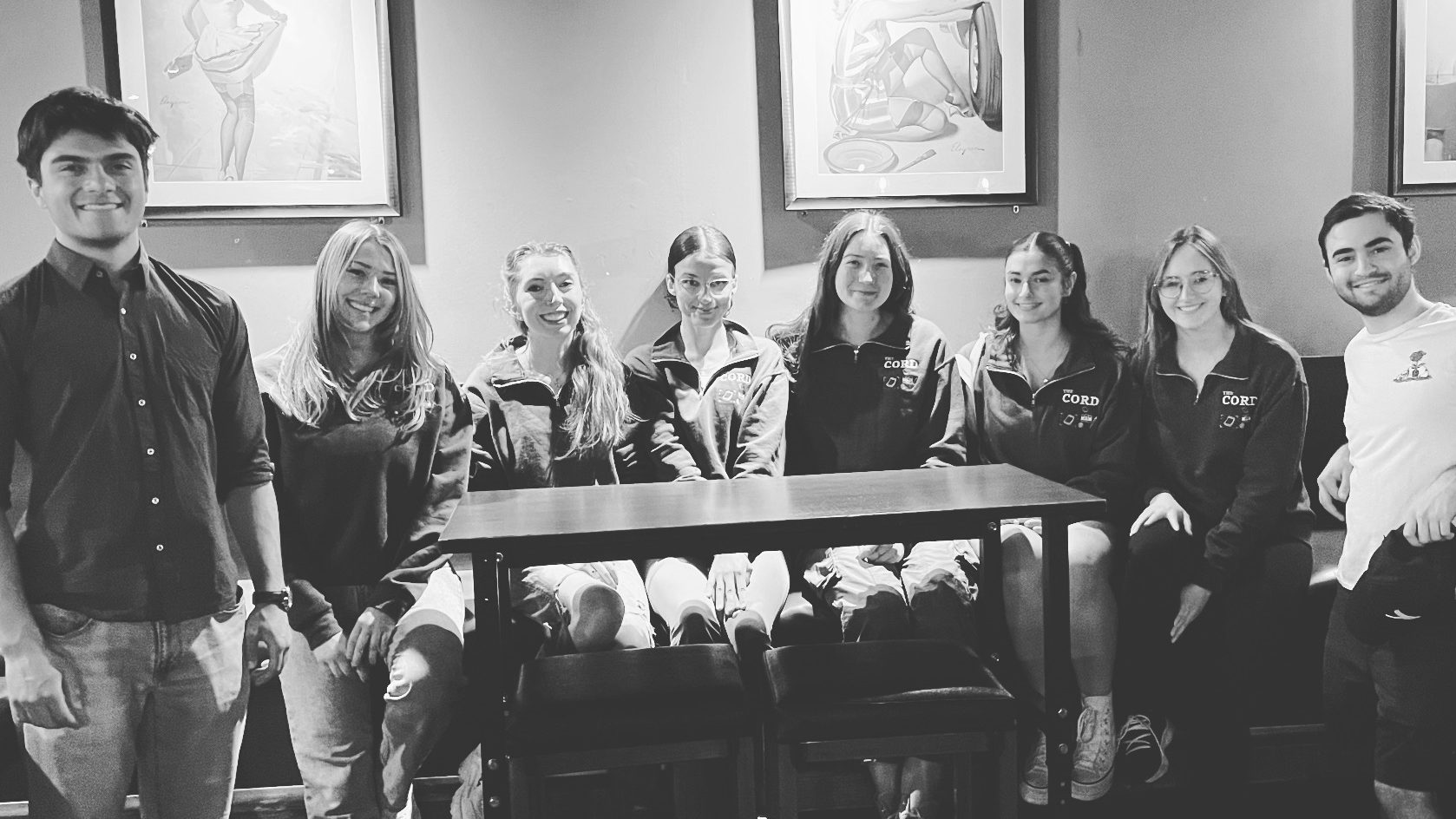Although we have known for a few months now, the disappointing announcement made by the CFL in August has hit Canadian football fans especially hard this past month.
Labour day has long been synonymous with football in Canada, as the league schedules their best rivalries against one another which have popularly come to be known as Labour Day Classics.
Played throughout that first weekend of September, the CFL attracts some of their best viewership and attendance numbers of the year. Similarly, it is around this time of year where fans would be engaged with their teams, excited for the playoffs and hopeful for a Grey Cup appearance later next month.
Due to the COVID-19 pandemic and summer announcement by the CFL, the first week of September had come and gone this year without any games being played. Canadian football fans will have to turn south of the border this fall and solely enjoy the NFL, as the premier football league in Canada, through what was a challenging start to 2020, has decided to shift it’s focus towards 2021.
CFL commissioner Randy Ambroise announced on Aug. 17 that the CFL had made the decision to cancel the 2020 season and prepare for a return to play in the following year. This decision came after several weeks of negotiations and ultimately scrapped the plan that was in place to play a shortened schedule this season.
Ambroise and the CFL had even gone as far as picking Winnipeg to be their hub for the season. Their plan followed the “bubble” system that many of the top sports leagues across the world have implemented. The plan also would involve a new collective bargaining agreement to be ratified between the league and its players, which the two sides had made great progress on according to Ambroise.
Although the main details between the league and players had seemed to be worked out, it came down to the financial challenges that the CFL was going to face that ultimately led to the announcement of an outright cancellation.
Being a smaller league, the CFL does not have the financial capability, resources and luxury of TV deals and advertisement that other top North American sports leagues are granted. Just as USPORTS and its four university conferences did in June, the CFL realized that they are a league operating in a much smaller realm, and a league in which relies on ticket sales, concessions and gameday gate sales to gain a large majority of their revenue.
Laurier men’s football coach Michael Faulds, who has coached several players who now play in the CFL, was undoubtedly disappointed about the cancellation, but also critical of how it all played out.
Faulds did not believe that the league should have waited as long as they did to make the announcement. He explains that the dragged-out process kept the players in the dark and kept the hope of playing a real possibility, until it wasn’t. As far as Faulds is concerned, it was never a real possibility and for that he applauds the way his conference had handled their own cancellation.
“It is really too bad and it is also a shame how long it took for them to come to that decision. It made me feel proud of the OUA,” Faulds said.
“A lot of people were upset in early June that the OUA made the decision then and did not wait until late August. I was happy because there wasn’t that disappointment in late August while we are gearing up for the season. The CFL took that approach, waiting as long as they could and the inevitable happened anyway,” Faulds added.
Faulds believes that the CFL should have been more realistic about their capabilities and financial resources long before developing a proposed schedule. Faulds has strongly believed that the sport of football in general will be hard to co-exist with the Coronavirus.
He points to the numerous outbreaks at American college football schools as well as the gold standard for North American sports and billion-dollar industry NFL who had just experienced their own recent outbreak this past week.
One of the biggest regrets for Ambroise was the league’s dealings with the federal government. Recognizing their financial crisis, the CFL had asked the Liberal federal government for a loan of $30 million.
With many experts thinking this number was too high, the federal government agreed and rejected the loan application, suggesting that the CFL pursue a more complex commercial loan which Ottawa would only partially support.
While a deal with the players was in the writing, a bubble was in place and public health officials agreed, as Ambroise said, for the CFL “unfortunately not all of the necessary pieces came together,” largely speaking about the financial assistance not offered to them.
The CFL will now shift it’s focus to 2021 and beyond and will need to address how committed they are to playing in 2021 under what will be such uncertain circumstances. The CFL will also have to have a plan in place, especially from a financial aspect, if once again there are no fans allowed to attend the team stadiums.
Although there are many unanswered questions, Faulds believes that the CFL has enough support to be successful in returning to play in 2021.
“I think there is enough support across the country for the CFL. They are just going to have to use every single day between now and when training camp open next spring to discover which plan, they are going to take,” Faulds said.
“The luxury that the CFL has is that it is really just nine teams,” Faulds added.
The CFL will be faced with many questions and tasked with much work over the next several months. The support in Canada is still there, but undoubtedly will waver given the cancellation this year. Ambroise is excited for the work ahead and committed to having his league back on the field and is already predicting the 2021 Grey Cup to be “the largest reunion in Canadian sports history.” Football fans across Canada can only hope!








Leave a Reply
You must be logged in to post a comment.